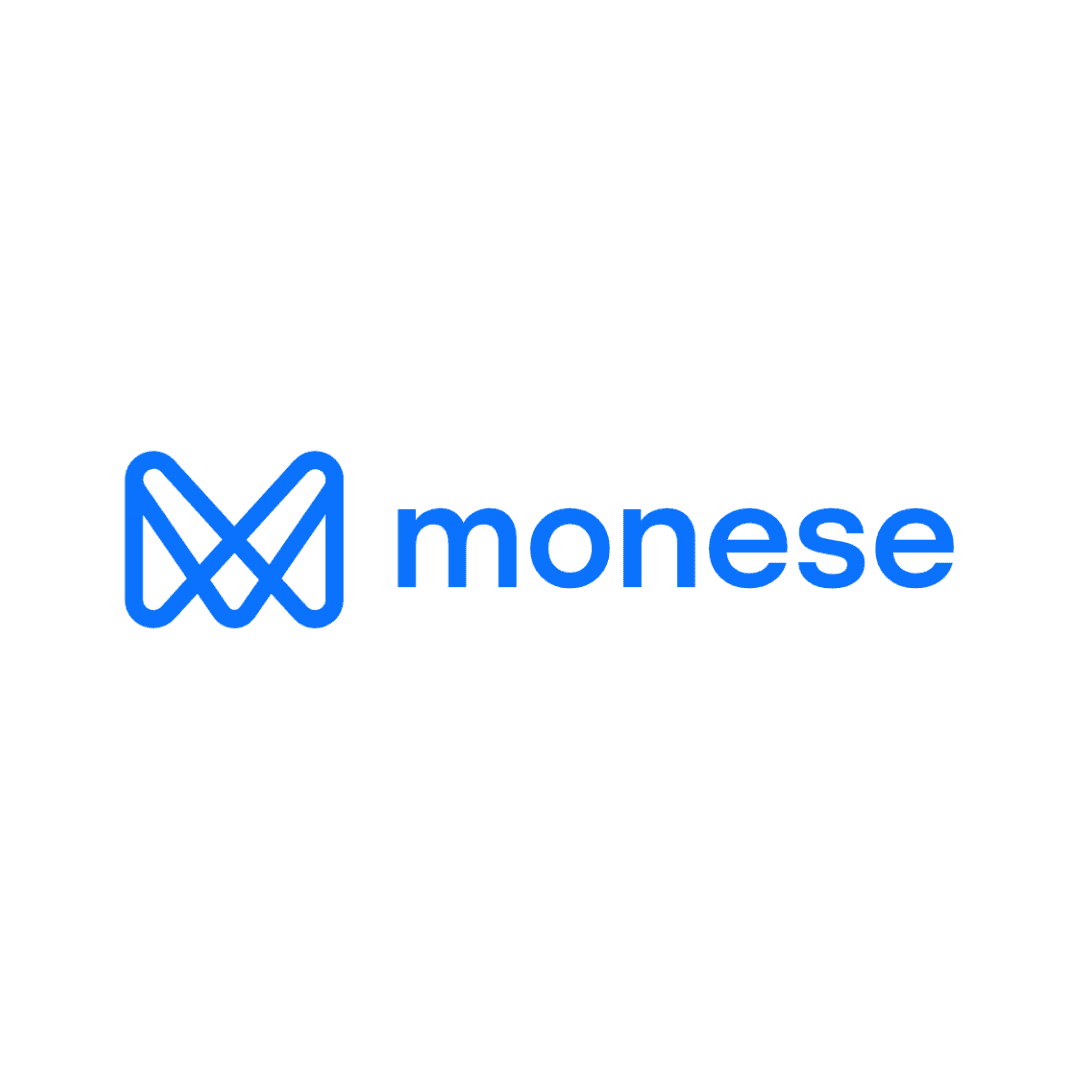Mastering Currency Exchange in India
In this blog post, we will take you on a journey through the intricacies of Indian currency and provide useful tips on how to make the most out of your money while exploring this beautiful country. So put away your worries and get ready to become a pro at managing your finances during your time in India!
Understanding the Indian Rupee
The Indian Rupee is the official currency of India and is one of the oldest continuously used currencies in the world.
Subunits:
The Indian Rupee is subdivided into 100 smaller units called paise. However, due to inflation, paise is rarely used in daily transactions, and amounts are typically rounded to the nearest rupee.
Banknotes and Coins:
Banknotes: The Reserve Bank of India (RBI) issues currency notes in denominations of ₹2, ₹5, ₹10, ₹20, ₹50, ₹100, ₹200, ₹500, and ₹2,000.
Coins: Coins are issued in denominations of ₹1, ₹2, ₹5, and various paise denominations. However, coins of smaller denominations like 25 paise are not commonly used.
Rupee, Euro and the Dollar
1 Rupee (as of now) is worth 0.011 Euro and 0.012 Dollar.
Importance of understanding currency exchange for travelers and expats
Cash remains a dominant mode of transaction in India, especially in smaller towns and rural areas. Many daily transactions, such as purchasing groceries, paying for transportation, or small-scale services, are often conducted in cash. The Indian rupee (INR) notes and coins are widely used for these transactions.
Over the past few years, India has witnessed a significant surge in digital payments. Mobile wallets, such as Paytm, PhonePe, and Google Pay, have gained widespread acceptance. Additionally, the Unified Payments Interface (UPI) has become a popular method for instant and seamless fund transfers between bank accounts. Debit and credit cards are also commonly used for various transactions.
Where to exchange currency in India
When traveling to a new country, one of the things you'll need to consider is exchanging your currency to the local currency. In India, there are several options available for exchanging currency. Some popular choices include banks, airports, and local exchange offices. One thing to keep in mind is that exchange rates can vary, so it's important to shop around and compare rates before making a decision. Additionally, some places may charge fees or commissions for exchanging currency, so be sure to ask about any additional costs. With a bit of research and planning, you can easily find a convenient and reliable location to exchange your currency and start enjoying your trip to India.
Safety precautions when exchanging currency in India
India is a truly unique and beautiful country full of culture, history, and adventure. If you're planning on traveling there, it's important to be aware of safety precautions when exchanging currency. One important tip is to never exchange money with unauthorized dealers or on the street. Instead, use recognized currency exchange banks or authorized dealers. It's also important to be aware of counterfeit currency, so always check your notes carefully before accepting them. Finally, keep your money and valuables secure and out of sight to minimize the risk of theft. With these tips in mind, you can enjoy your travels in India with peace of mind knowing that you've taken precautions to keep yourself and your belongings safe.
Protecting yourself from scams and frauds
In this digital age, it's important to keep yourself informed about scams and frauds out there. The internet can be a wonderful resource, but it's also a breeding ground for malicious individuals seeking to defraud unsuspecting victims. So how can you protect yourself? Start by changing currency at trustable companies such as Transferwise. Be wary of unsolicited messages, emails, or phone calls asking for your sensitive details like passwords, birth dates, or bank information. Always verify the identity of the person or organization you're dealing with before you share anything. Remember, prevention is always better than cure. Stay alert, stay informed, and don't let these scammers and frauds take advantage of you.
Overview of popular digital payment platforms used in India
In a rapidly digitizing world, India has seen a sharp increase in digital payment platforms. From mobile wallets to Unified Payment Interface (UPI), these convenient and secure options have made it effortless to pay for everything from electricity bills to online purchases. One of the most popular digital payment platforms in India is Paytm, which allows users to transfer money, pay bills, and even book flights. Google Pay, formerly known as Tez, is another widely-used UPI-based payment service. It offers speedy and secure transactions backed by Google's trustworthy reputation. If you're looking for a simple, all-in-one digital payment platform, PhonePe is the one for you. It offers not only UPI transactions but also support for mobile bill payments, DTH recharges, and more. The best part? Its interface is user-friendly and easily navigable, making it easier for everyone to use. India's digital payment landscape is vast and evolving, but these three platforms are a great place to start your journey towards hassle-free transactions.
Currency restrictions and limitations in India
The government's efforts to curb black money and illegal activities have led to measures such as the limit on cash withdrawals, strict Know Your Customer (KYC) norms, and the introduction of newer forms of digital currency. While these measures may come across as restrictive, they have also led to increased safety and security of transactions. ATMs are readily available, and digital payment methods such as e-wallets and Unified Payment Interface (UPI) have grown in popularity. Whether you're a resident or a visitor, taking the time to understand these regulations can help you make the most of your time in India.
Check all our services here:
Compare service provideRs

International Money Transfers
Currency Exchange
Secure Global Transactions
Competitive Exchange Rates

International Banking
Foreign Exchange Services
Wealth Management for Expats
Sustainable Banking

TRANSFER FUNDS, Online, by phone or in app
TRANSFER OPTIONS, Single & regular payments
Personal and Corporate Solutions
The how
>
.000
Cases yearly
+
Active countries
.
/5
Excellent rating
+
Companies use us
OTHER SERVICES
It takes less than 2 minutes




















